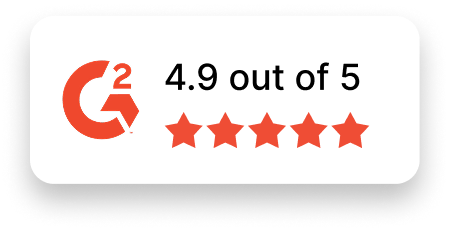Infrastructure Engineer Job Description Template
Use this template to craft job descriptions for hiring Infrastructure Engineers. Personalize it to reflect your organization’s specific needs and goals.
Job Title: Infrastructure Engineer
Location: [Specify Location or Remote]
Job Type: [Full-time/Part-time/Contract]
About the Role
We are seeking a skilled and proactive Infrastructure Engineer to design, build, and maintain a reliable IT infrastructure that supports our organization’s systems and applications. You will play a critical role in ensuring optimal performance, strong security, and scalability for our infrastructure while collaborating with cross-functional teams to identify and implement improvements.
If you are passionate about modern infrastructure technologies, thrive on solving complex challenges, and enjoy working in a fast-paced environment, this role is an excellent fit for you.
Responsibilities
- Design and implement infrastructure solutions, including servers, networks, and cloud services, to support business operations.
- Monitor and maintain system performance, availability, and scalability across all platforms.
- Troubleshoot and resolve infrastructure issues, minimizing downtime and disruptions.
- Collaborate with teams to assess and implement system updates, upgrades, and patches.
- Develop and maintain detailed documentation for infrastructure designs, configurations, and processes.
- Ensure data security and compliance with regulatory standards across all systems.
- Automate routine infrastructure tasks to improve efficiency using tools like Ansible, Terraform, or PowerShell.
- Manage cloud resources on platforms such as AWS, Azure, or Google Cloud.
- Perform backup, recovery, and disaster recovery planning and testing for critical systems.
- Stay current on emerging infrastructure technologies and recommend improvements or upgrades as needed.
Required Skills & Experience
- Bachelor’s degree in Computer Science, Information Systems, or a related field (or equivalent experience).
- Proven experience in infrastructure engineering, system administration, or a similar role.
- Strong understanding of networking concepts, including switches, routers, and firewalls.
- Hands-on experience with cloud platforms such as AWS, Azure, or Google Cloud.
- Proficiency in virtualization technologies like VMware, Hyper-V, or KVM.
- Knowledge of scripting languages (e.g., Python, Bash, PowerShell) for automation.
- Familiarity with infrastructure-as-code tools such as Terraform or Ansible.
- Strong problem-solving skills and the ability to work under pressure to resolve critical issues.
- Experience with monitoring and logging tools like Nagios, Prometheus, or Grafana.
- Excellent communication and collaboration skills for working with diverse teams.
Nice-to-Have Skills
- Certifications in infrastructure technologies (e.g., AWS Solutions Architect, CCNA, MCSE).
- Experience with containerization and orchestration tools such as Docker and Kubernetes.
- Familiarity with DevOps practices and CI/CD pipelines.
- Strong understanding of cybersecurity best practices and tools.
- Knowledge of database administration for platforms like MySQL, PostgreSQL, or MongoDB.
- Exposure to hybrid cloud and on-premise infrastructure.
- Experience with zero-trust architecture or modern identity management solutions.
Why Join Us?
- Challenging Work: Be part of a team that designs and implements critical systems that drive operational success.
- Collaboration: Work with talented professionals in a supportive and innovative environment.
- Career Growth: Take advantage of training opportunities, certifications, and career development resources.
- Flexibility: Enjoy a hybrid or remote work policy to support your work-life balance.
- Inclusive Culture: Join a diverse workplace where your perspectives and contributions are valued.
Apply Now
Are you ready to tackle complex infrastructure challenges and drive innovation? Join [Your Company Name] as an Infrastructure Engineer and help us build a robust and secure IT environment. Apply today!

